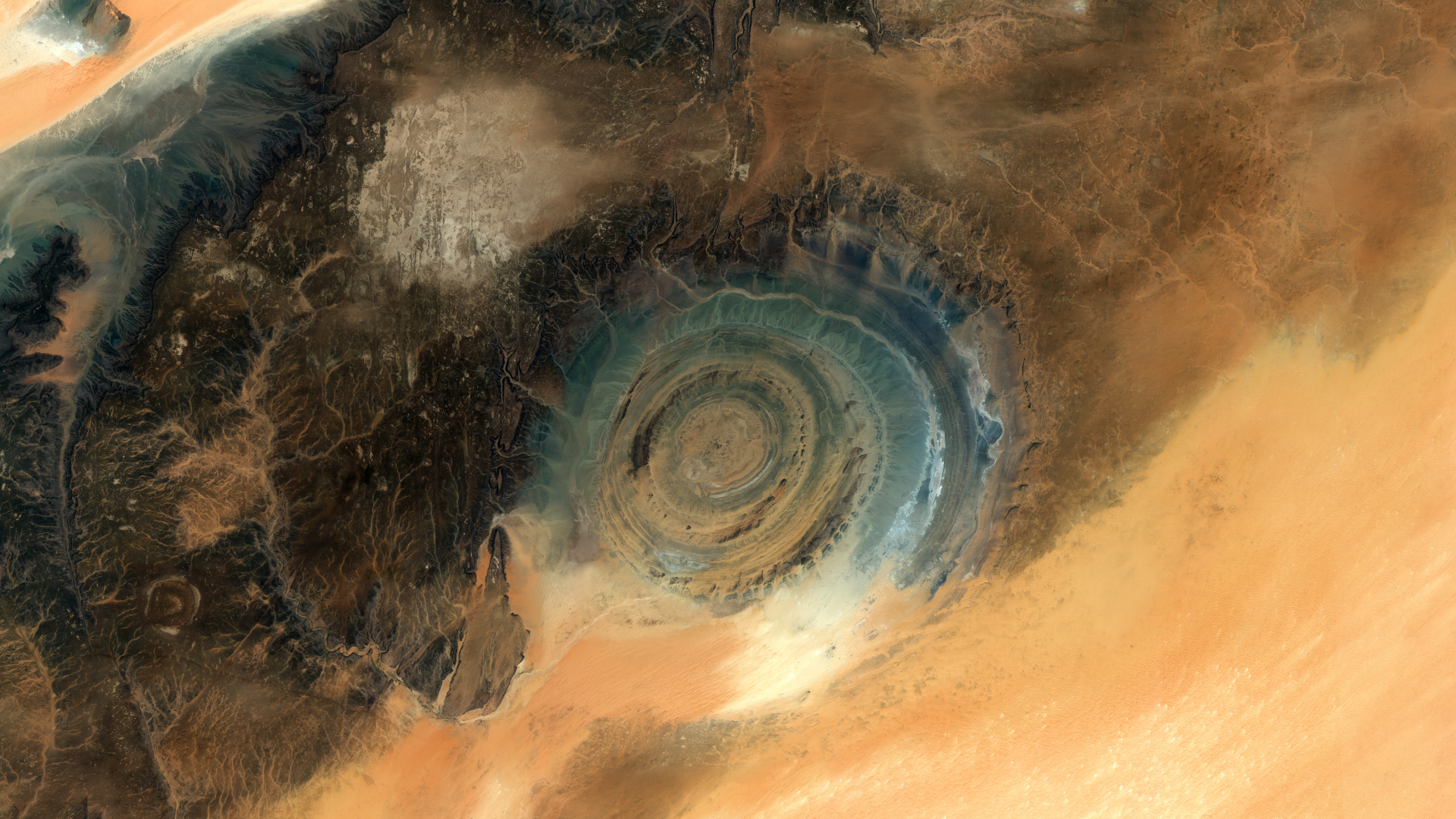Harvest Moon to Grace Evening Sky
The moon of Wednesday, Sept. 26 also carries the title ofthe Harvest Moon for those living in the Northern Hemisphere.
The moon officially turns full when it reaches that spot inthe sky diametrically opposite (180 degrees) to the sun in the sky. This momentwill occur on Wednesday at 19:45 Greenwich Time (3:45 p.m. EDT or 12:45 p.m.PDT). Wednesday's full moon is the one that comes the closest to the September equinox so thisyear it falls in September, although in one out of three years this title canbe bestowed upon the October full moon (as was the case in 2006).
Many think that the Harvest Moonremains in the night sky longer than any of the other full moons we see duringthe year, but that is not so.
What sets Wednesday's full moon apart from the othersis that farmers – at the climax of the current harvest season – can work lateinto the night by the moon's light. It rises about the time the sun sets, butmore importantly, at this time of year, instead of rising its normal average 50minutes later each day, the moon seems to rise at nearly the same time eachnight.
In analyzing local moonrise times for Sept. 25, 26 and 27 in10 locations across North America, the rising of the moon comes, on average,less than 27 minutes later each night. The night-to-night difference isgreatest for the more southerly locations. (Miami, located at near latitude26-degrees N., sees moonrise come an average of 37 minutes later). Meanwhile,the difference is less at more northerly locations (at Edmonton, Alberta, located at latitude 53.6-degrees N, the average difference is just 12 minutes).
The reason for this seasonal circumstance is that the moonappears to move along the ecliptic, and at this time of year when rising, theecliptic makes its smallest angle with respect to the horizon for those livingin the Northern Hemisphere.
In contrast, for those living in the Southern Hemisphere,the ecliptic at this time of year appears to stand almost perpendicular (atnearly a right angle) to the eastern horizon. As such, the difference for thetime of moonrise exceeds the average of 50 minutes per night. At Sydney, Australia, for instance, the night-to-night rise time difference amounts to about71 minutes.
Breaking space news, the latest updates on rocket launches, skywatching events and more!
- Full Moon Fever
- Sky Calendar & Moon Phases
- Moon Image Gallery
Joe Rao serves as an instructor and guest lecturer at New York's Hayden Planetarium. He writes about astronomy for The New York Times and otherpublications, and he is also an on-camera meteorologist for News 12 Westchester, New York.

Joe Rao is Space.com's skywatching columnist, as well as a veteran meteorologist and eclipse chaser who also serves as an instructor and guest lecturer at New York's Hayden Planetarium. He writes about astronomy for Natural History magazine, Sky & Telescope and other publications. Joe is an 8-time Emmy-nominated meteorologist who served the Putnam Valley region of New York for over 21 years. You can find him on Twitter and YouTube tracking lunar and solar eclipses, meteor showers and more. To find out Joe's latest project, visit him on Twitter.
